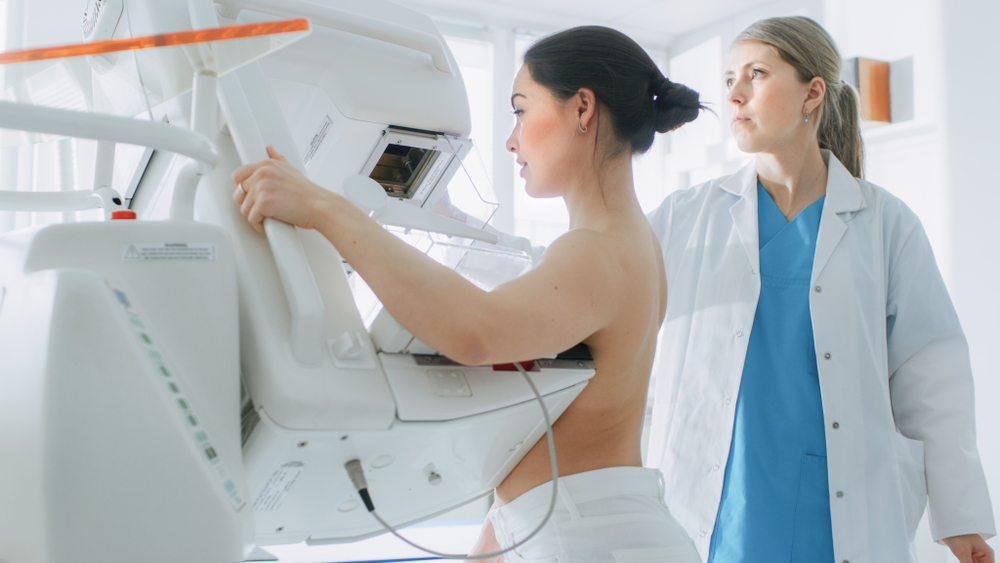Mammograms show how dense your breasts are. According to the CDC, women with dense breasts have a higher risk of breast cancer.
Depending on the state in which you had your imaging, your mammogram result letter may tell you about your breast density.
With the latest technology, such as MagView’s reporting and tracking software solutions, breast imaging centers are able to keep track of your imaging results and generate your result letter. In this post, we will discuss more about dense breasts and everything you need to know.
What Does it Mean to Have Dense Breasts?
In order to understand what it means to have dense breasts, we need to understand the kinds of tissues found in the breast and their role. Your breast is made up of three types of tissue:
- Fibrous tissue: Holds the breast tissue in place
- Fatty tissue: Fills the space between the fibrous tissue, ducts, and lobes, giving the breast its size and shape.
- Glandular tissue: This part makes milk. The tube that carries milk to the nipple is called a duct.
Breast density refers to the amount of fibrous and glandular tissue in a woman’s breasts compared to the amount of fatty tissue in the breast. A dense breast typically has high amounts of glandular tissue and fibrous connective tissue and low amounts of fatty breast tissue. Many women have dense breasts. According to Dense Breast Info, half of all women above 40 have dense breasts.
Why is Breast Density Important?
Dense breasts make it harder for radiologists to see cancer on a mammogram. For this reason, cancers are often more extensive when found in women with dense breasts. Further imaging such as an ultrasound may be needed for women with dense breasts since it’s hard to see cancer on a mammogram. Additionally, women with dense breasts have higher chances of getting breast cancer. The denser the breasts, the higher the risk. However, it’s important to note that breast cancer patients with dense breasts are not more likely to die from breast cancer than patients with low-dense breasts, according to the CDC.
Who is More Likely to Have Dense Breasts?
While dense breasts are typically inherited, other factors affect how dense a woman’s breasts can become. Generally, you’re likely to have dense breasts if you:
- Are pregnant or breastfeeding
- Have lower body weight
- Are taking hormone replacement therapy
- Are younger
Can You Change Breast Density?
No. Breast density is determined by different factors, among them genetics, which are impossible to change. While breast density can’t be altered, having regular mammograms and learning as much as you can about your breast density can help you stay informed about protecting yourself and preventing breast cancer.
What Should You Do if You Have Dense Breasts?
Once you know you have dense breasts, you should talk to your doctor about your risk of getting breast cancer. It’s also important to discuss with your doctor to ensure you’re getting the proper imaging in addition to a mammogram. Dense breasts are just one of the many risk factors for breast cancer. Your doctor will also help you review other risk factors. You can also assess your risk level using the IBIS risk calculator.
It’s also important to know that there are other tests in addition to mammograms that can detect cancer. The most important thing is to speak to your doctor to know how often you should be screened for breast cancer and what kind of imaging you should be getting.




















![monitoring breast density shutterstock_1299510538-[Converted]](https://magview.com/wp-content/uploads/2023/05/shutterstock_1299510538-Converted.jpg)


























